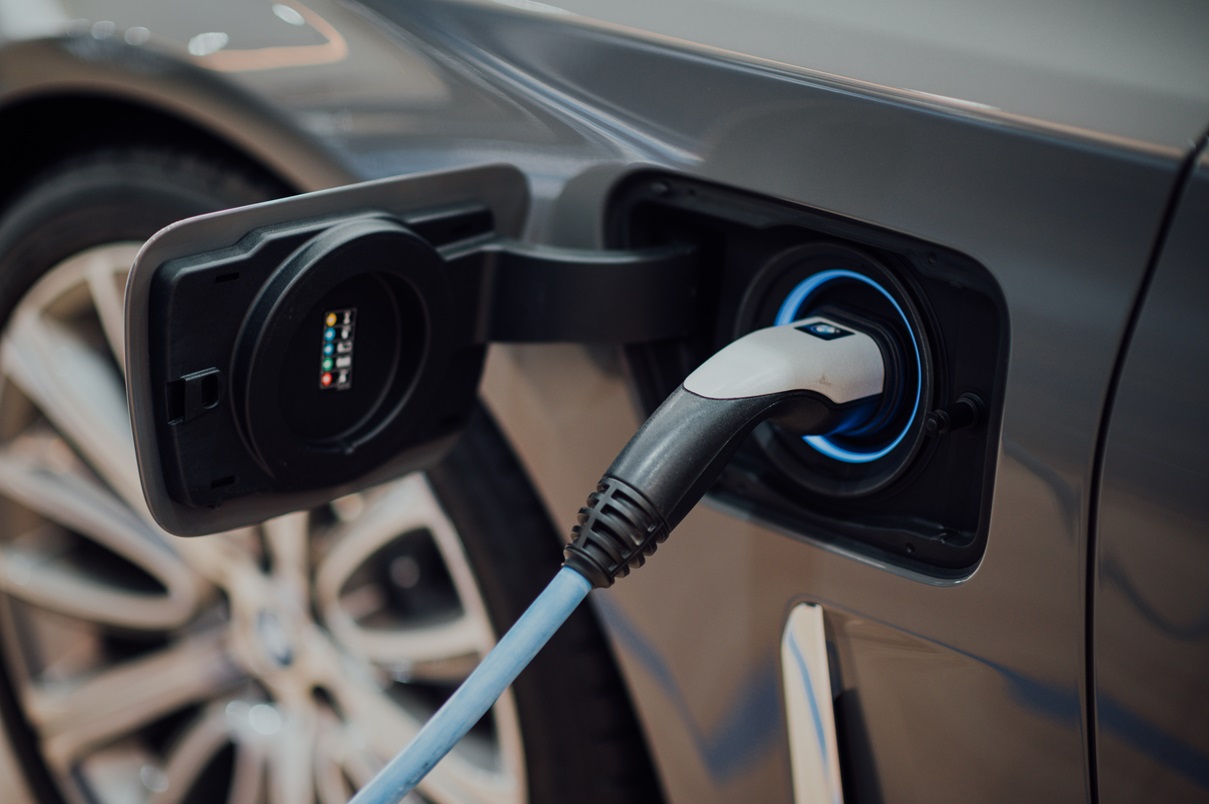Charge It Right: A Guide to Optimizing Home Battery Performance
As home battery technology continues to advance, homeowners are increasingly turning to energy storage solutions to enhance their energy independence and reduce their environmental footprint. However, to fully capitalize on the benefits of home batteries, understanding how to optimize their performance is crucial. This comprehensive guide, “Charge It Right,” delves into the key strategies and best practices for maximizing home battery performance.
Unveiling the Basics of Home Battery Systems
Decoding Lithium-Ion Technology
Lithium-Ion: The Power Behind the Storage
At the core of most home battery systems lies lithium-ion technology. Understanding the basics of how lithium-ion batteries function is essential. These batteries excel in terms of energy density, charge-discharge efficiency, and longevity, making them a preferred choice for residential energy storage.
Inverter Systems: The Bridge Between Batteries and Homes
Efficient Conversion of Energy
Inverter systems play a pivotal role in home battery setups. They convert the direct current (DC) stored in batteries into the alternating current (AC) used to power household appliances. Choosing an efficient inverter system ensures minimal energy loss during this conversion process, contributing to overall system performance.
Strategies for Maximizing Home Battery Performance
Time-of-Use Strategy
Optimizing Charging and Discharging Times
Adopting a time-of-use strategy involves aligning battery charging and discharging with periods of lower electricity costs. By charging the battery during off-peak hours when electricity rates are lower and discharging during peak demand periods, homeowners can achieve significant cost savings and enhance the overall efficiency of their home battery system.
Solar Synergy: Integrating Photovoltaic Systems
Symbiotic Relationship with Solar Panels
For homes equipped with solar panels, integrating them with the home battery system creates a symbiotic relationship. During sunny periods, excess solar energy can be stored in the battery for later use. This synergy ensures a continuous and sustainable power supply, even when solar generation is insufficient.
Depth of Discharge Management
Preserving Battery Lifespan
Managing the depth of discharge (DoD) is crucial for preserving the lifespan of lithium-ion batteries. Homeowners should aim to keep the battery within recommended discharge levels, avoiding excessive depletion. This practice not only ensures a longer battery lifespan but also maintains consistent performance over the years.
Regular Maintenance Checks
Monitoring and Calibration
Regular maintenance checks are essential for ensuring optimal performance. Monitoring the battery’s state of charge, voltage, and overall health allows homeowners to identify and address potential issues promptly. Calibration, if supported by the battery system, helps maintain accurate readings and enhances the precision of the performance metrics.
Smart Technologies for Intelligent Energy Management
Artificial Intelligence Integration
Smart Energy Management Systems
The integration of artificial intelligence (AI) takes home battery systems to the next level. AI algorithms analyze consumption patterns, weather forecasts, and grid conditions in real-time. This intelligent energy management ensures efficient charging and discharging, aligning with homeowners’ energy needs and optimizing overall system performance.
Mobile Apps for Remote Control
User-Friendly Control and Monitoring
Many home battery systems come with dedicated mobile apps, offering homeowners the convenience of remote control and monitoring. These apps enable users to check the battery status, adjust settings, and receive real-time alerts, contributing to a user-friendly and responsive energy management experience.
Environmental Impact and Sustainable Practices
Reducing Carbon Footprints
Contributing to a Greener Future
Maximizing the performance of home battery systems aligns with broader sustainability goals. By efficiently storing and utilizing renewable energy, homeowners actively contribute to reducing carbon footprints, fostering a greener and more environmentally conscious lifestyle.
End-of-Life Considerations
Responsible Battery Disposal
Understanding the end-of-life considerations is essential. Responsible disposal and recycling of batteries, particularly lithium-ion batteries, prevent environmental harm. Many manufacturers offer recycling programs, ensuring that the environmental impact of home battery systems is minimized.
Conclusion: Empowering Homeowners for Sustainable Living
As home battery systems become integral to the quest for sustainable living, optimizing their performance is paramount. “Charge It Right” has unveiled the strategies, best practices, and smart technologies that empower homeowners to make the most of their energy storage solutions. By adopting these insights, homeowners not only maximize cost savings and efficiency but also actively contribute to a more sustainable and resilient energy future.
Post time: Jan-12-2024


